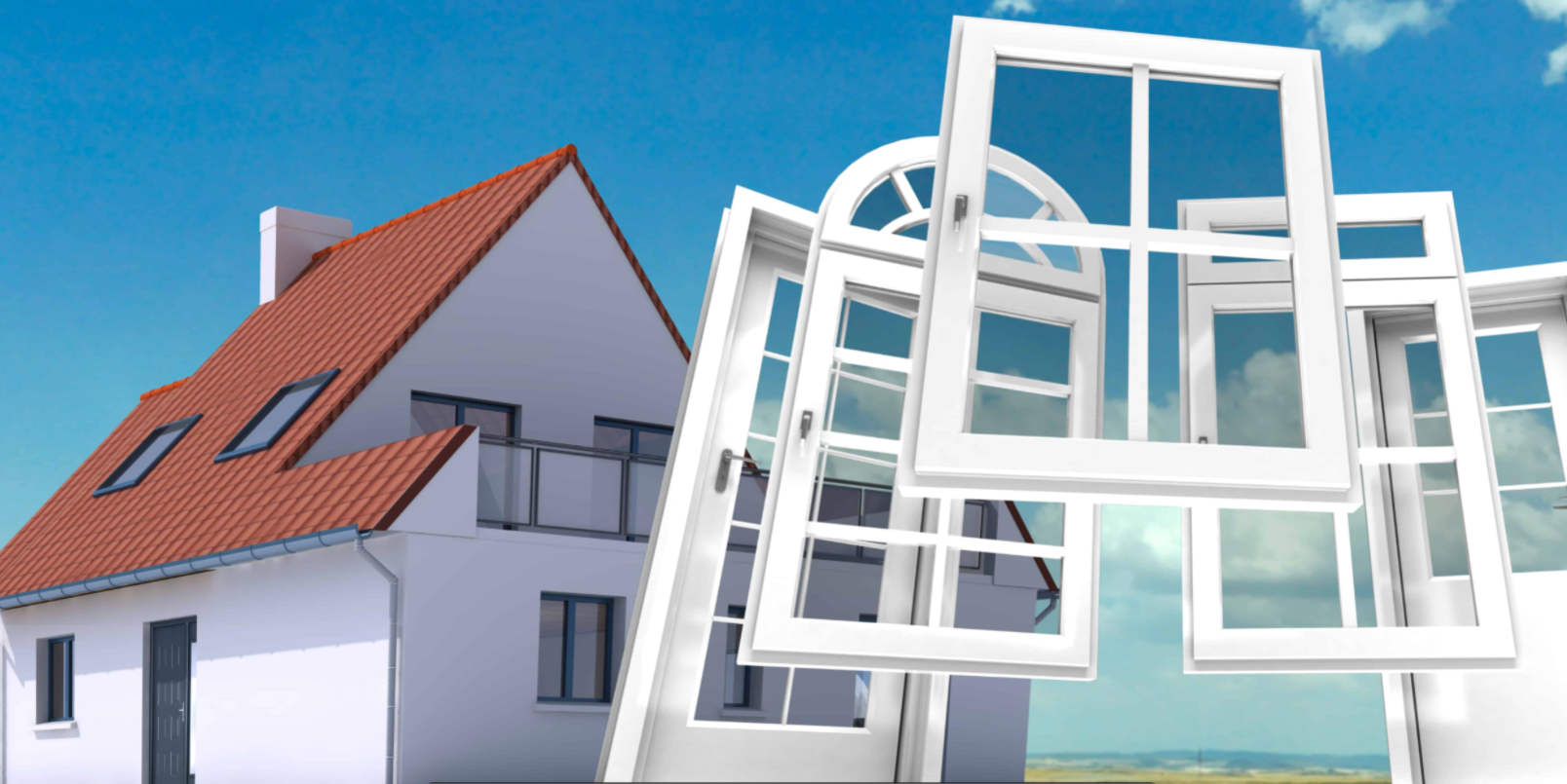TYPES OF DOUBLE GLAZED WINDOWS
Posted on 22nd June 2020 at 22:18
Double glazing is a broad term when it comes to windows. And while we all have a rough idea of what the term means, when you take a deeper look at the broad range of double glazed window designs, there is an astonishing array of options. In this guide, we’re going to explore some of the most popular designs and variation of windows you can expect when you order double glazing.
DIFFERENT TYPES OF WINDOWS
Casement Window
French Casement Window
Tilt & Turn Window
Sliding Sash Window
Bay & Bow Window
Roof Windows
Double Pane Windows
CASEMENT WINDOW
Double glazed casement windows offer incredible thermal efficiency, as well as good security for your home. You can buy casement windows in a variety of styles. uPVC casement windows are great for easy maintenance, and will give your windows a very modern look. Aluminium is another popular choice which adds a little more of a contemporary look. There is wood, too, which is a good choice if you live in a conservation area. Casement windows are pretty much the standard window when it comes to double glazing, and is one of the most popular styles in the UK.It’s also the cheapest option if your budget is a concern.

FRENCH CASEMENT WINDOW
Double glazed French casement windows look similar to the standard casement versions, but have some significant differences. They are typically larger – they are basically ‘doors’ of a size of your choosing – and can open up wide enough to act as a fire escape if needs be. These windows are great for ventilation, too, as the slave sash is independent to the actual window.

TILT & TURN WINDOW
This type of window can be opened inwards in a couple of different ways. First, there’s the tilting action to give you secure ventilation. Alternatively, you can open them by swinging – or turning – like a standard window. This is a good, secure, and adaptable choice of double glazed window for those households that like to keep their options open. These are great for families that either live on higher floors of an apartment block or want new – and safe – windows for upstairs areas of their home. Ultimately, because of the design of tilt and turn windows, you don’t have to hang out of them when cleaning – you can just open them up all the way.

SLIDING SASH WINDOW
Sliding windows – also known as box sash windows – are installed with one or more movable ‘sashes’ that open with a sliding mechanism. These give you a more traditional look for your windows, and have been hugely popular in this country for hundreds of years. In recent years, many households have explored new window technologies, but there is something of a revival with the sash. It’s a classic design, and when combined with double glazing it gives you a traditional look with the contemporary technology you need for efficiency and noise reduction.

BAY & BOW WINDOWS
Bay and bow windows are also becoming a popular choice of window these days. But there are key differences between the two. A bay window – which protrude out from the wall into your exterior space – usually have three openings, available in angled projections. Bow windows have a semi-circular structure – think Victorian design – and usually have four or five openings. It’s also worth knowing that because of the more intricate design requirements, the cost of a bow window costs around 2.5 times the price of a similar-sized flat window.

ROOF WINDOWS
Roof windows are built into your roof, and you can choose them to open outwards or pivot. More and more households are looking at roof windows these days, as people seek to bring natural light into their homes It can make a huge difference to the look and feel of a house, especially homes that feel a little dark. These windows are also used in loft and attic extensions.

DOUBLE PANE WINDOWS
If you hear the phrase ‘double pane’ windows, don’t panic – it’s not a mystery type of window that you have never heard of. It’s simply another term for double glazing, which, as you probably know, is much better for efficiency and noise reduction. Ultimately, it’s possible to have a double glazed option for any of the styles and designs listed above, so it’s really just a simple question of your own personal taste.
OK, so there you have it – a brief guide to the broad range of styles and designs to consider if you are planning on getting double glazed windows. If you need any further help finding out more – or just want to discuss your double glazing options – please don’t hesitate to give is a call!
Share this post:



